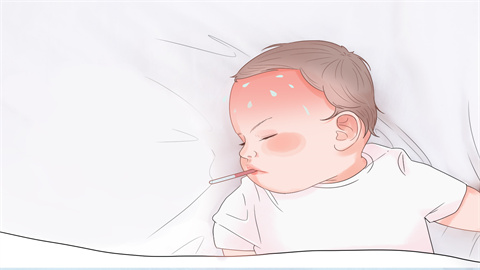How long does it take for infantile急疹 (roseola) to improve?
Generally, infantile emergency rash (roseola) is a self-limiting disease with a relatively short overall course, typically resolving completely within 1-2 weeks. The specific recovery time is closely related to the stages of fever and rash development. The detailed progression is as follows:

In the early stage of roseola, the main symptom is fever, which typically lasts for 3-5 days, with body temperature often exceeding 39°C. Some infants and young children may also experience mild irritability and reduced appetite. After the fever subsides, light red maculopapular rashes gradually appear on the skin, starting from the trunk and spreading to the face and limbs. The rash typically lasts for 1-2 days.
Following the rash phase, the skin lesions will gradually fade within 1-2 days. After fading, there will be no pigmentation or scarring left on the skin. The child's mental status and appetite will return to normal, indicating that the condition has largely improved. Throughout the entire course, if no complications occur, specific treatment is generally unnecessary, and symptomatic care alone is sufficient.
During the care period, it is important to ensure adequate hydration for the infant, maintain skin cleanliness, and avoid excessive clothing that may impair heat dissipation. If the fever is high, children's-specific antipyretic medications may be used under professional guidance to relieve discomfort and help the infant comfortably navigate the illness.




